There are some plants and conditions when it’s inevitable to discard aquatic plants. This article will let you know what kind of aquatic plants should be discarded and how to dispose of aquatic plants. When fish lay their eggs on the plant leaves, how to save those eggs is also part of the discussion.
Content Table
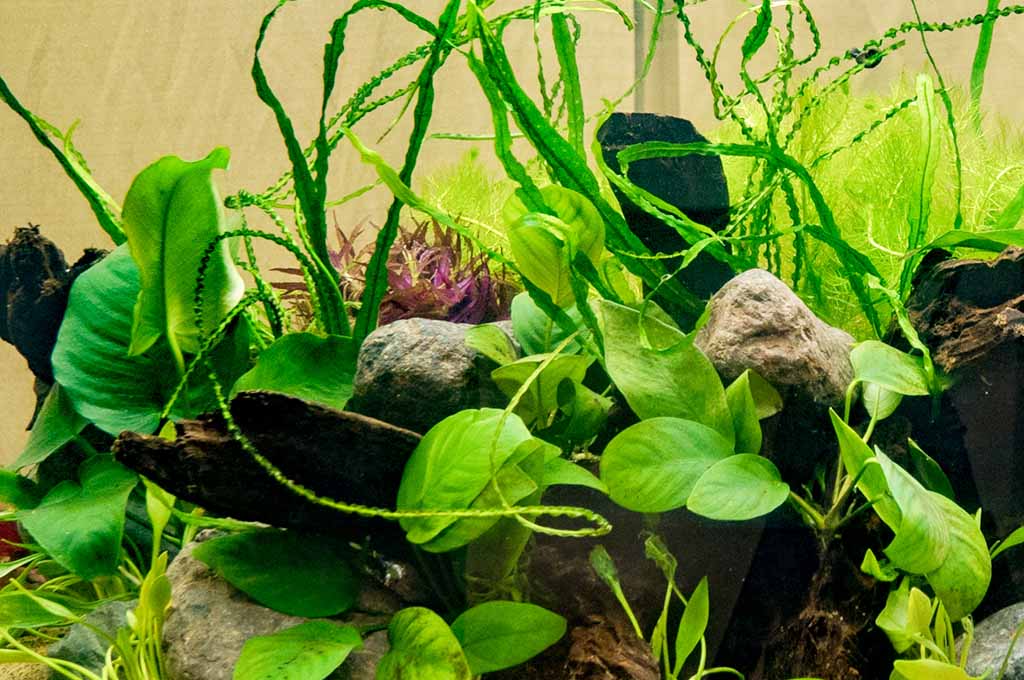
Discard aquatic plant
Which Aquatic Plants Should Be Discarded?
Plants often do wonders in aquariums as they help to maintain the tank ecosystem. They uptake the nitrates, use carbon dioxide, provide shelter and oxygen to fish, etc. However, there are some conditions when you need to discard aquatic plants. Here are different situations to address which aquatic plants should be discarded.
Dead or Dying Leaves Plants
Discard dead or dying leaves and plants from the tank. Sometimes, people think that it will create a vintage view. However, it behaves oppositely. It deteriorates water quality and gives rise to an uncontrolled snail population in the tank.
Firstly, wait for a few days, as sometimes, yellow leaves 50% gain their original color within a certain period. Otherwise, they are up taking the healthy plant’s nutrients, which is bad for the tank environment.
Algae-Covered Plants
If your plant is covered with algae up to an unrecoverable extent, you should discard it. In this situation, algae blocks the light exposure to the plant, which leads to reduced photosynthesis. Such plants will sooner or later die. Moreover, algae also rob the nutrients and CO2 of algae-affected plants.
Invasive Plants
Some aquatic plant species show invasive growth. These plants will overpower the other species by using their nutrients and CO2. Indian lace fern is such a plant. Although, it improves water quality by uptaking phosphate and nitrate. However, due to its invasive nature, it fills the tank within a few weeks. Such invasive plants should be discarded from the tank.
Plants with Rotting Roots or Stem
You should discard rotting root and stem plants from the tank. Rotting root and stem plants cause many problems, such as ammonia spikes, deteriorated water quality, increased algae growth, and raised stress among fish. In severe cases, they can cause the mortality of fish species.
Melting Plants
Some plants melt when introduced to other water conditions, i.e., crypt plants. After the plantation, look for a few days to observe their recovery and use different techniques, i.e., CO2 and nutrient injection. If they don’t recover, remove these melting plants from the tank.
Growth Redundant Plants
Some plants show slower growth than usual. They are unable to produce new leaves and roots in time. Replace such plants with aquatic plants with a normal growth rate.
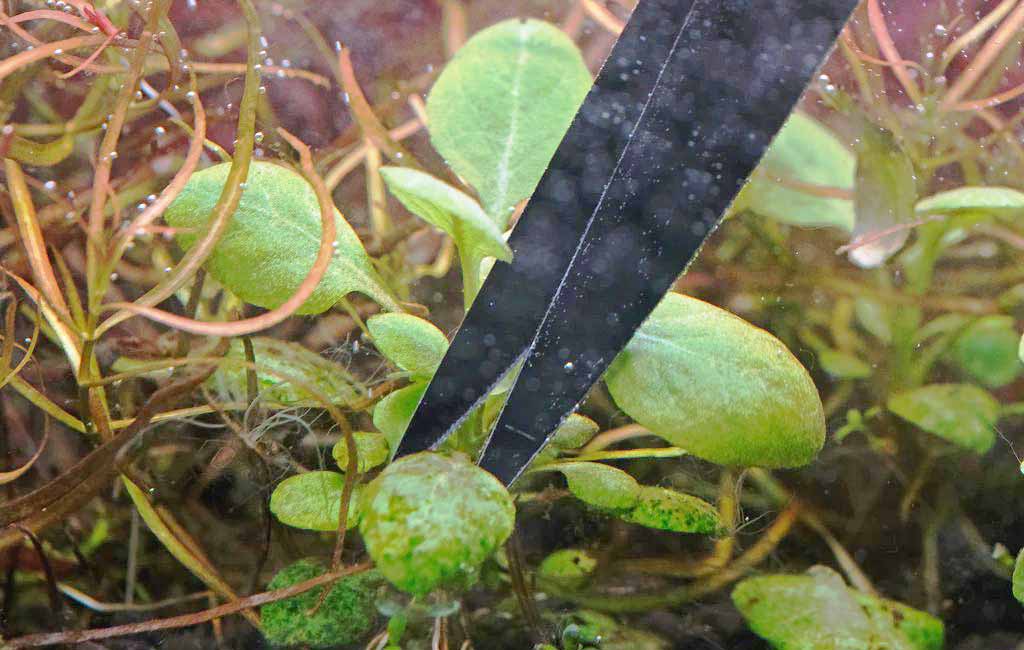
How to dispose of aquatic plants
Why the Dicarded Aquatic Plant ‘Grow’ Small Fish?
Seeing that your discarded or displaced aquatic plants are giving birth to small fish is magical. Plants don’t give birth to fish, but other aspects lead the plant to give birth to small fish. Here, you’ll learn why they give birth to fish and how you can manage it.
Why Does It Happen
- Some fish lay eggs on the plants. When you unknowingly displace these plants in other tank parts or different setups, eggs hatch. On hatching, it seems like aquatic plants grow small fish.
- Juveniles and small fish hide under the plant to avoid unwanted stress. When these plants are transferred to another setup, these young lives disclose them in the new setup. Therefore, it seems like the plant is growing small fish.
How to Deal With It
- Closely inspect the plant’s leaves. Specks and gelatinous clusters on the back of leaves indicate the presence of eggs.
- Clean the plant thoroughly to avoid any accidental transfer or disposal of eggs with the plants.
- Plants require quarantine before introduction to the new setup. Quarantine the plants in a separate tank and observe them for a week or more.
- If you are in a hurry and can’t wait for a week or more, treat your plant with alum or potassium permanganate. These chemicals will destroy the clutches.

Discard aquatic plant
How to Dispose Aquatic Plants Safely
It’s crucial to dispose of the aquatic plant wisely. These plants can cause problems for the environment. Here are some guidelines about how to dispose of aquatic plants.
Avoid Disposal in Water Bodies
Don’t dispose of your aquatic plant in waterways or water bodies. When these disposed plants find some way to sustain themselves, they enjoy the liability and regrow in that habitat. Invasive plants overpower the other plants, consume their nutrients, and disrupt the ecosystem.
Dry Before Dispose
Bone-dry your plants before disposing of them. It’ll take 2 to 3 days and a little higher temperature. After drying, it’ll reduce the probability of regrowth. However, don’t dispose of these bone-dry plants near the waterways. It can cause their revival.
Freezing
Remove the disposable plants from the tank and tightly seal them into the plastic bags. Freeze your plant below 25 degrees Fahrenheit for 48 hours. It will kill the eggs and pets on the plant. Moreover, cold will also stop their growth rate.
Disposal in Trash Can
Once you dehydrate or freeze your disposable plant, throw the sealed plastic bag into the regular trash can. It will avoid their spread in the ecosystem.
Composting
Composting is another wise option to discard aquatic plants. However, it’s not suitable for the invasive plants. However, it’s better to kill the potential pests by drying or freezing them and using them as compost.
Check the Local Regulation
Every state and region has its regulations to protect their ecosystem. Authorities often explain the procedure for how to dispose of aquatic plants. Follow the authority’s instructions to avoid possible ecosystem damage and other legal regulations.
Reusability
If you are discarding the plants due to thinning or want to introduce new plants into your tank, you can reuse them. Before transferring to the new tank, clean and quarantine them. After acclimation, grow into the host tank.
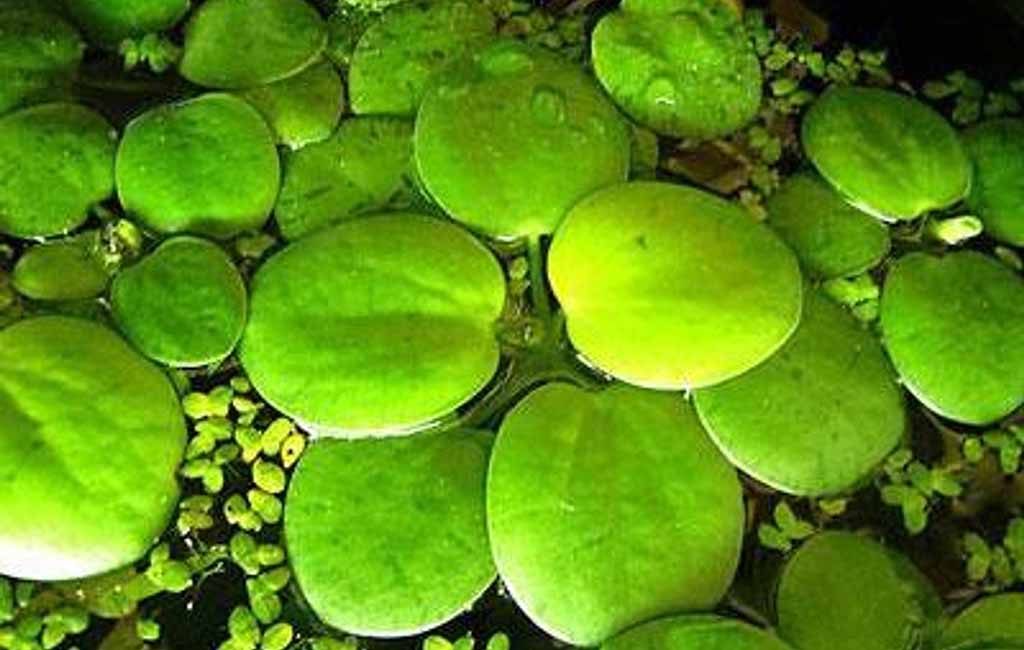
Aquatic plants floating
Concluding Thoughts
Discarding aquatic plants requires a lot of care due to many possible issues, i.e., invasive nature, thinning, etc. The plants that are dead or dying, algae-covered, invasive, rotting roots, melting, and low-growth should be removed from the tank. Bone drying, freezing, and composting are efficient ways to discard usual aquatic plants. However, never dispose of the invasive plants in or near the water bodies. Check the local governing authorities’ regulations regarding the disposal of aquatic plants.
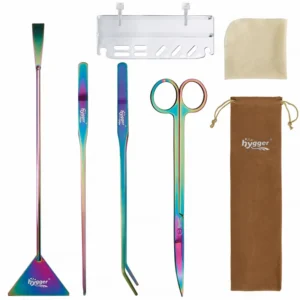
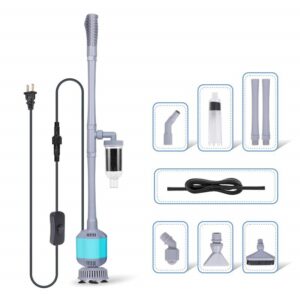
Leave a comment